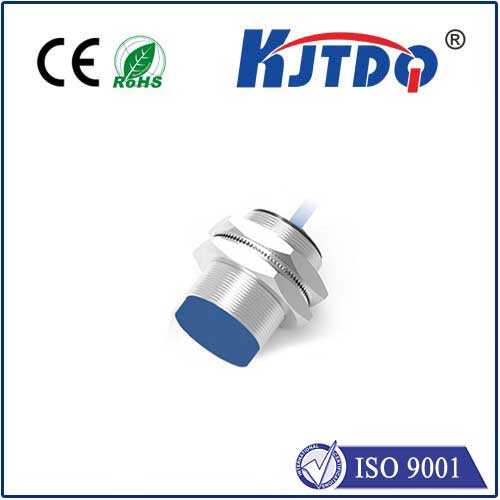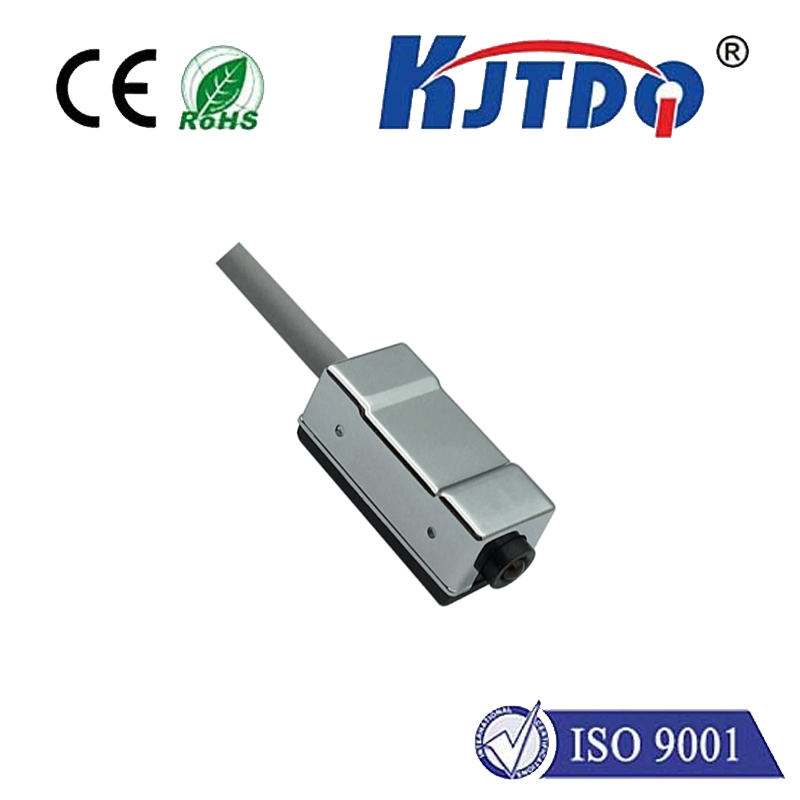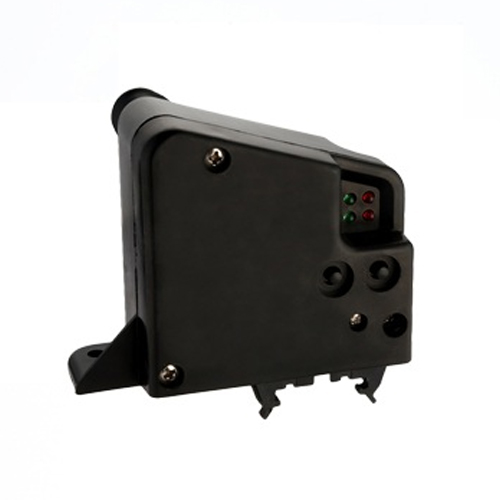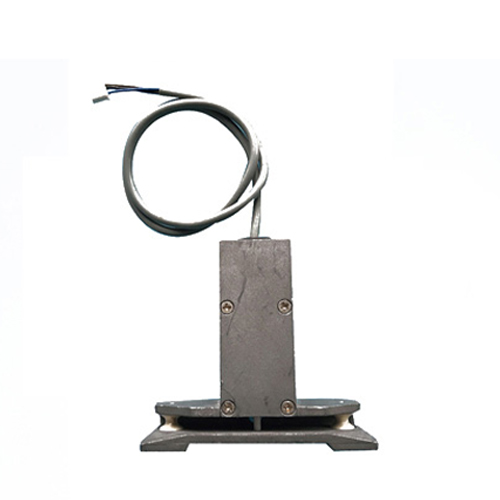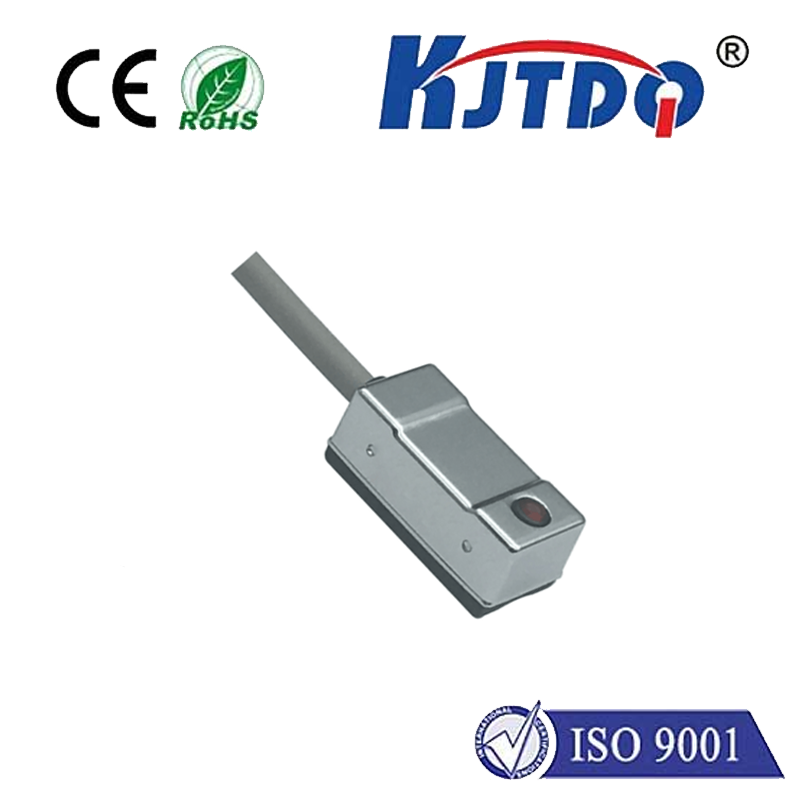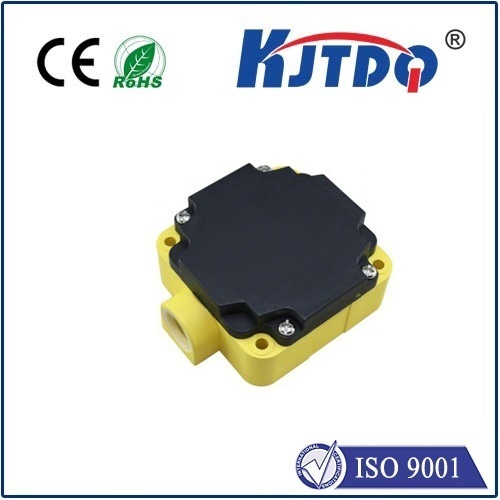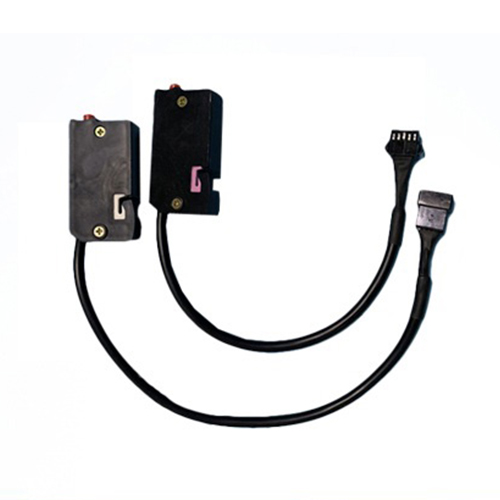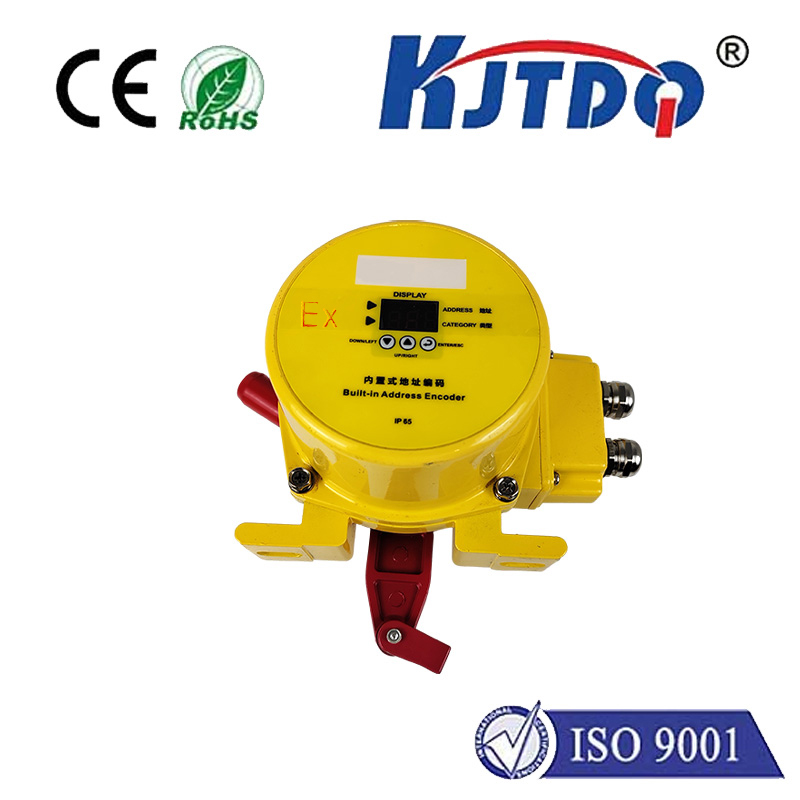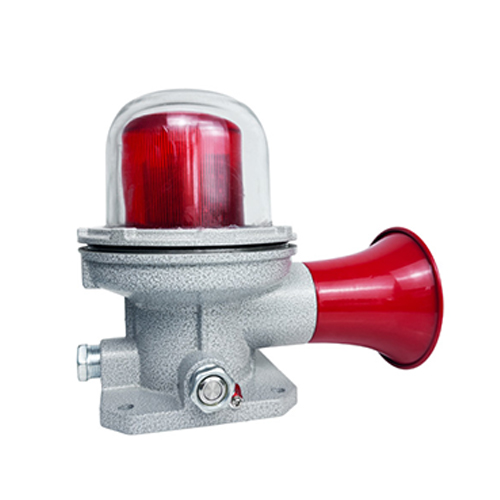

check

check

check

check

check

check

check

check

check

check
Imagine a factory humming with efficiency – products whizzing down conveyors, robotic arms assembling components with pinpoint accuracy, packaging lines seamlessly sealing boxes. Behind this symphony of automation, countless invisible guardians ensure flawless operation, detecting presence, position, and absence with unwavering reliability. Among these critical components, the M18 photo sensor stands out as a ubiquitous and indispensable workhorse. But what exactly is an M18 photo sensor, and why is it such a cornerstone of modern industrial sensing?
The “M18” designation refers explicitly to the sensor’s 18mm cylindrical threaded housing. This standardized size isn’t arbitrary; it represents an ideal balance between compactness, robustness, and ease of installation, making it incredibly versatile across a vast array of industrial environments. Think machinery guarding, conveyor belt monitoring, part counting, level detection, or even verifying correct assembly. The term “photo sensor” (or more accurately, photoelectric sensor) signifies its core technology: it uses light to detect objects. This typically involves an integrated emitter (usually infrared LED) and a receiver.
So, how does this M18 marvel actually work? The principle is elegantly simple yet exceptionally effective. The sensor emits a beam of light. When this beam is interrupted by an object entering its detection zone, the change in the light received (either absence or reflection, depending on the sensor type) triggers an electrical signal change at its output. This instantaneous signal is the critical input for control systems like PLCs (Programmable Logic Controllers) to make decisions – stop a belt, increment a counter, activate a robot, or signal an error.

Understanding the primary types of M18 photo sensors illuminates their diverse capabilities:
The widespread adoption of M18 photo sensors across industries like manufacturing, packaging, automotive, food & beverage, and logistics is no accident. Their robust construction is a key factor. Housed in durable materials like nickel-plated brass or stainless steel, they shrug off impacts, vibrations, and the harsh realities of factory floors. Many boast impressive Ingress Protection (IP) ratings (like IP67 or IP69K), meaning they can handle demanding conditions involving dust, washdowns with high-pressure water, and even temporary submersion.
Furthermore, M18 photo sensors excel in high-speed detection. Their rapid response times, often measured in milliseconds or even microseconds, are crucial for keeping pace with modern high-throughput production lines, ensuring no object escapes detection. Their compact size (18mm diameter) allows for installation in tight spaces where larger sensors simply wouldn’t fit. The standardized thread also means a vast ecosystem of mounting brackets and accessories exists, significantly simplifying integration and maintenance.
When selecting the right M18 photo sensor for an application, several factors demand consideration:
In essence, the M18 photo sensor is far more than just a component with a standardized thread size. It represents a highly refined balance of performance, reliability, durability, and versatility. Its ability to provide accurate, non-contact object detection in challenging environments makes it an unsung hero driving efficiency and quality control in countless automated processes worldwide. From detecting a tiny component on a circuit board to verifying the presence of a large pallet, the M18 photoelectric sensor remains a fundamental and powerful tool in the engineer’s arsenal.
Its standardized form factor ensures interchangeability and simplifies sourcing, while continuous advancements in emitter technology (like high-power LEDs) and receiver sensitivity continually push the boundaries of their capabilities. Whether you’re designing a new machine or troubleshooting an existing line, understanding the strengths and applications of the versatile M18 photo sensor is key to unlocking robust and reliable automation. Choosing the correct sensing mode and specifications is paramount for achieving optimal performance and maximizing the return on investment in your sensing infrastructure.

